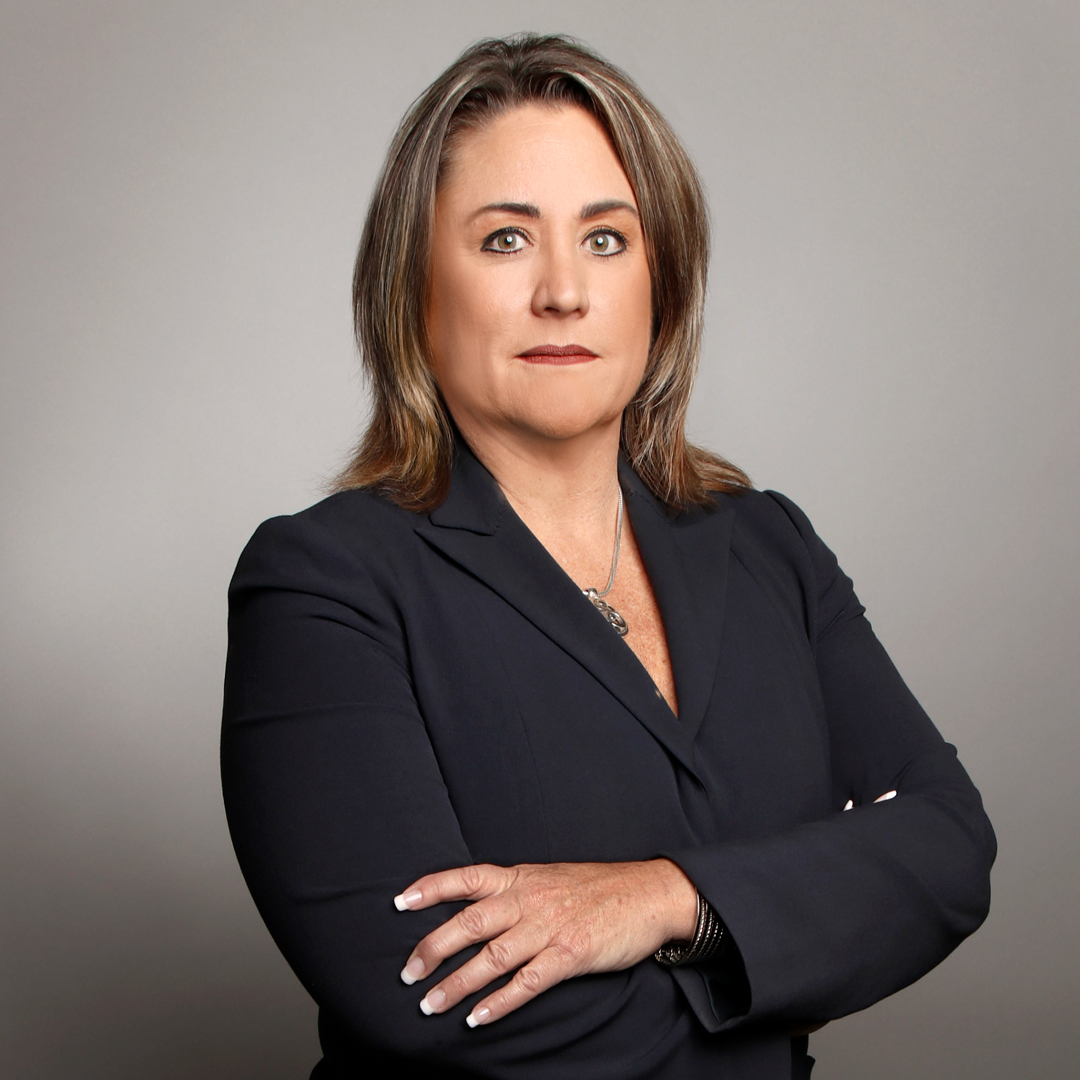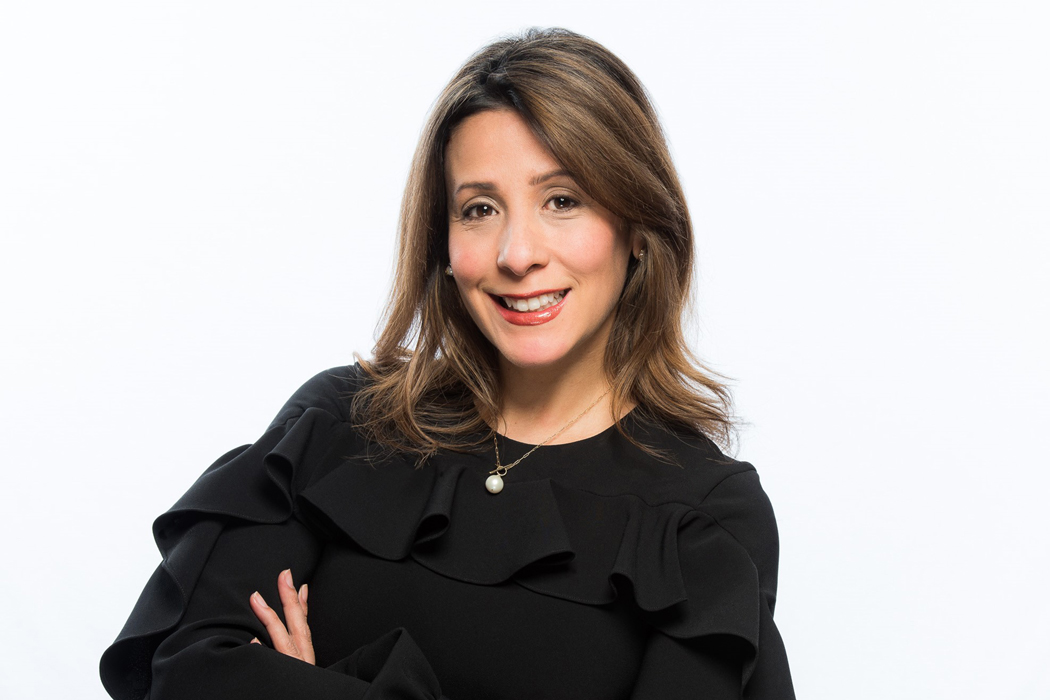The way Chip Suttles explains it, it just sort of happened. He wound up not only as a spectator but also an integral behind-the-scenes contributor to four different Olympic Games. For Suttles, those Games were simply extensions of international relationships cultivated during his first Olympics experience, the 1996 Atlanta Games. But the fact that Suttles kept being asked to return in progressively more complicated roles is a true testament that his skill set is world-class.
Suttles continued to defy any sense of national boundaries when he took over the director of technology position for the Vancouver Canucks, an American working in the heart of hockey-dom. And now as vice president of technology for the Seattle Seahawks for the past seven years, Suttles says he’s reached the summit of sports franchise experience in a league that he’s longed to be part of since starting his career. Suttles has seemed to have done it all, but by his own accounting, his job with the Seahawks is far from over.

“Don’t we have a Canadian who can do this?”
Suttles’ first out of college job was with the Atlanta Olympic committee for the 1996 Games. He was twenty-four years old, a Navy veteran of Desert Storm, and promoted almost immediately. “I was an assistant technical manager for racewalk, marathon, and road cycling, which were all in the same venue,” Suttles says. “I did that planning for a year and was promoted to the stadium venue tech manager position, which was the host venue for Track & Field, and included the opening and closing ceremonies.”
By age twenty-five, Suttles had one of the highest profile opportunities that he needed to enhance his skill set, including his people and project management skills. The young professional earned his Project Management Professional certification and took his talents to the 2002 Salt Lake City Winter Games as the director of infrastructure planning. Then came the 2006 Winter Games in Turin, Italy, for which Suttles would help develop all the game management systems while working as the PMO director for Atos Origin. After cultivating a working relationship with Canadian Olympic Hall-of-Famer Cathy Priestner, Suttles wound up leaving Turin early to help prep the 2010 Vancouver Winter Games and tackle the high-pressure role of director of broadcast integration, which functioned as more of an Olympic liaison role between the Games and the international broadcast rights holders. “That job put some gray hairs on me,” Suttles laughs. It was four separate, once-in-a-lifetime opportunities, and Suttles figured it was probably time to move home.
But Canada wasn’t through with Suttles. “The Canucks organization asked if I’d be interested in running technology for Rogers Arena,” Suttles remembers. “We made it to the Stanley Cup my first year there, and to be an American working for a Canadian Hockey team in Canada is just a hard honor to convey.” When Suttles would cross the border on his return to Canada, he’d be asked who his employer was. When Suttles would tell them, Canadian border guards would often joke, “Don’t we have a Canadian who could do this?”
“Maybe so, but I’ve got the job right now,” Suttles would reply.
“The Pinnacle of Sports Franchises”
When a recruiter reached out about a job with the Seahawks, Suttles was immediately game. Suttles arrived at the Seattle organization in 2012, the same year as rookie quarterback Russell Wilson. “I was fortunate enough to come into the organization at the right time,” Suttles says casually, another seemingly well-timed coincidence in a career full of them. Suttles approach to the vice president of technology position, however, was anything but casual.
“When I first started looking at CenturyLink Field, the stadium was twelve years old at the time and I immediately recognized some things that needed improvement, with a focus on primarily on the fan experience, I concentrated on the connectivity.” Suttles sought a cellular and Wi-Fi solution concurrently. AT&T was contracted to implement a neutral host DAS that all four major carriers (Verizon, Sprint, T-Mobile, and AT&T) took part in to cover basic cellular needs for the stadium. “Sometimes you just have a call your babysitter or just let your friends know you are at the game,” Suttles laughs.
For Wi-Fi, Suttles selected Extreme Networks after an extensive eighteen-month discovery, and with Verizon and CenturyLink as on board as partners, he feels they have a best in class solution. The first gen project was installed in 2014, and the five-year mark is about the lifespan Suttles was hoping to make with plans for NextGen Wi-Fi rolling out in 2020. “We went from a one- to a ten-gigabyte backbone so we’re ready when we double the size of our Wi-Fi footprint,” Suttles says. “We do somewhere between 3.5 to 4 terabytes of traffic per game and with that expecting to double, we need to make sure we’re able to handle the traffic.” That’s meant a planned doubling of the 750 Wi-Fi access points in the stadium.
“We’ve seen an increase in those scores which was the initial goal. It wasn’t to increase revenue, we just wanted to provide a better service for our fans.”
His commitment to delivering innovative networking solutions that enhance the fan experience at CenturyLink Field doesn’t go unnoticed by Justin McAleer, general manager of CenturyLink. “Chip consistently delivers business outcomes by working collaboratively with technology venders and his internal business partners,” McAleer says. “Additionally, Chip has been a driving force behind the team’s innovative use of data analytics and new technologies to put performance-enhancing data and feedback loops into the hands of coaches, athletes, and the training staff. In short, his unique blend of technology expertise, business acumen, and negotiating skills have helped the Seahawks be successful on and off the field.”
For what Suttles describes as a “lighter year” for IT related capital expenditures at the stadium, there is a considerable amount in the works. Adoption of digital tickets was around 50 percent last year, this year it’s expected to be in the high-80s. A continuing partnership with Verizon has made the Seahawks one of a handful of franchises that are 5G early adopters. This year, the stadium will include eight 5G antennas, and Suttles said the Seahawks have traditionally been and will continue to be well ahead of most organizations in this respect.
Suttles is especially proud of the Seahawks commitment to dominating their fan experience poll. The Seahawks consistently rank in the top five of all teams in a survey conducted by the league, and when the food and beverage scores were proving wanting, the organization responded by ending its outsourced vendor partnership and forming First & Goal Hospitality, an-inhouse food and beverage vendor that allowed the organization to have more hands-on control of quality, price, and experience. “We’ve seen an increase in those scores which was the initial goal. It wasn’t to make money, we just wanted to provide a better service and quality of food selection for our fans.”
There is a slew of other initiatives either in progress or on the drawing board, including a high-profile deal with a partner in the cloud space that Suttles says will be an invaluable supplement for the sport science program, as well as media and asset management and internal app development. But it’s not up for discussion quite yet, Suttles says. If he’s proven anything, it’s that the VP of technology has a thing for timing.
Congratulations to Chip Suttles for bringing the CLEAR vision to life at CenturyLink Field. From streamlining entry into the game with innovative technology, to using biometrics for frictionless payments at the concession stand, we’re proud to transform the fan experience together with the Seattle Seahawks.














